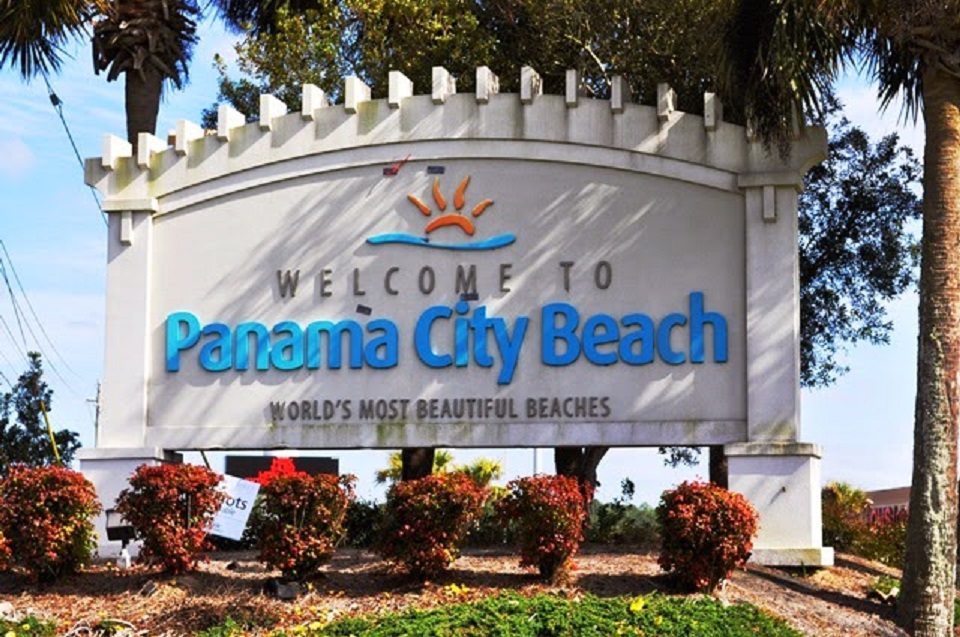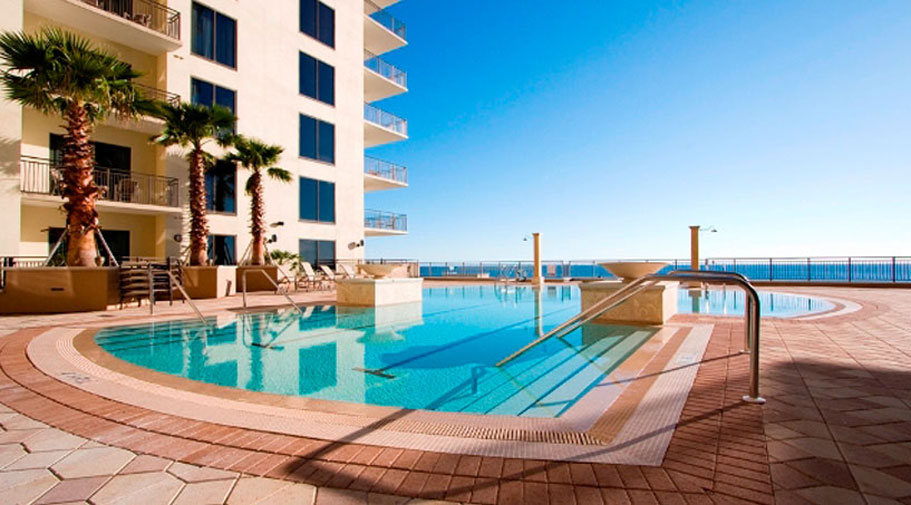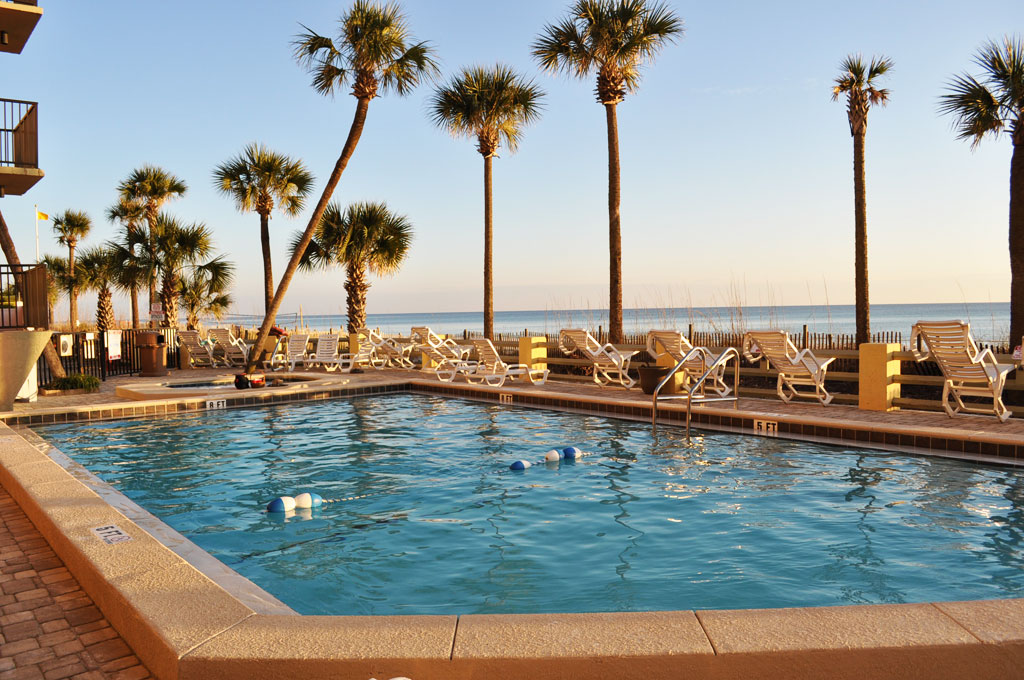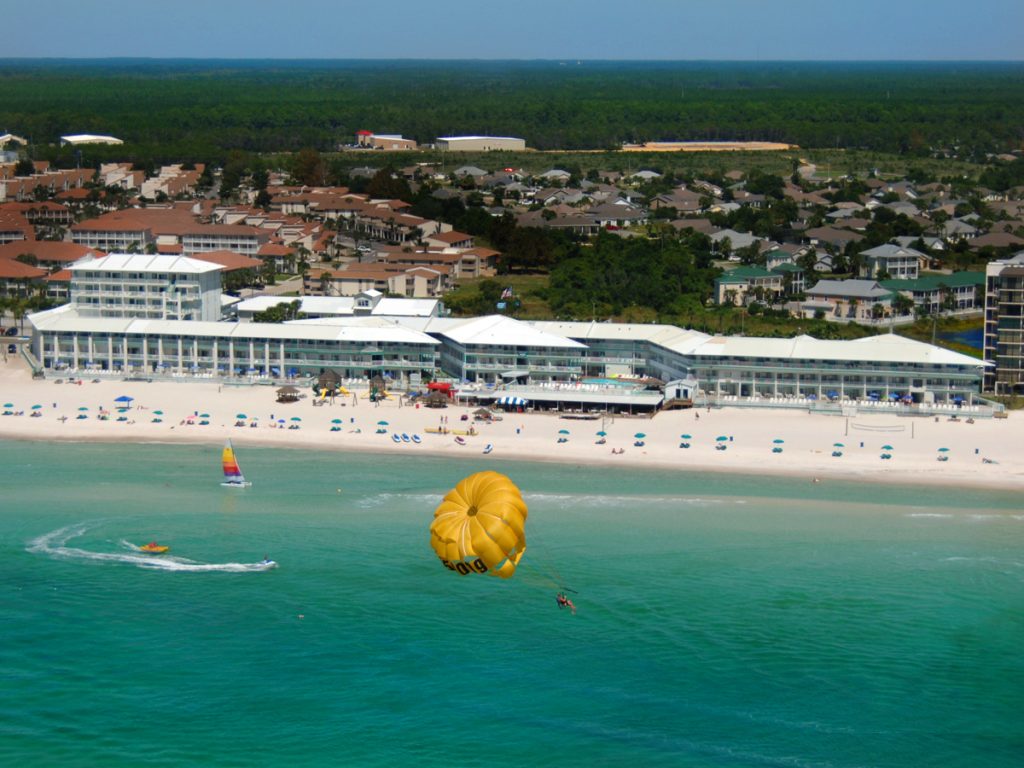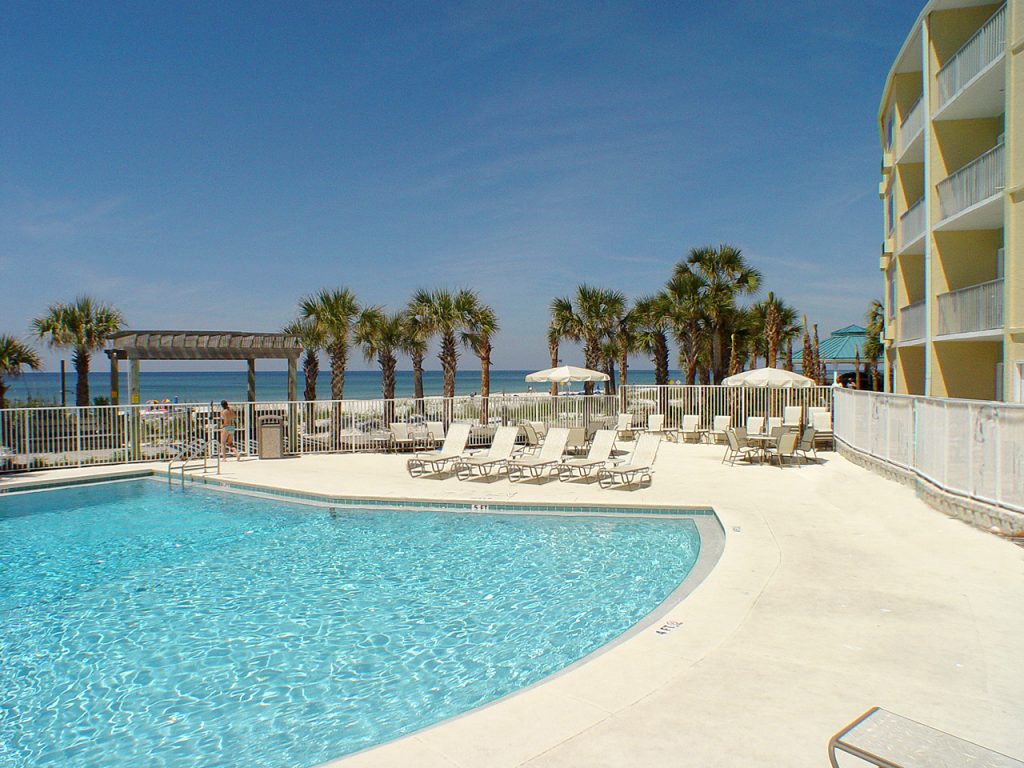A lot can happen in ten years, and in Panama City Beach, a lot has happened. When considering tourism and how this northwest Florida gem has grown in popularity year over year, much is owed to our very own Tourist Development Council (TDC).
At the forefront of Panama City Beach’s TDC is Dan Rowe. In his 10 years working as Bay County’s tourism chief, Dan Rowe has seen a lot.
As executive director, Rowe battled through the 2008 recession, the Deepwater Horizon oil spill and a steep decline in college Spring Break.
But through it all, he knew “We were going to survive, and the sun would come out.”
Rowe faced some tough issues with the BP oil spill in 2010 and has been intimately involved with the recovery process since that time. Days and months after the oil spill, images of flames spewing from oil derricks and birds drenched in oil haunted Panama City Beach. Rowe said it was the most devastating impact he’s dealt with in his career.
Public perception was the biggest factor, he said — the beaches were never closed, and the visible presence of oil didn’t last long — so he and his staff knew they had to fight the negativity surrounding the disaster.
“We adopted an aggressive approach of telling our story,” Rowe said. “We were aggressive in our outreach because we wanted to tell our story. Every weekend we talked to national media.”
Rowe said between those interviews, events, digital billboards and other marketing tools the TDC used, Panama City Beach experienced significantly smaller tourism losses after the oil spill than other destinations. It was a massive challenge, but he ultimately lauded the experience as one of the greatest moments of his career.
“The summer of 2010 during the oil spill was exceedingly challenging, but you could see the results,” he said. “We hosted the First Family. It was awesome to realize the White House recognized the work we were doing.”
The disaster also propelled many tourism initiatives. Rowe said his staff increased from about 12 employees to 20, and realized they needed to create a different avenue to increase winter tourism numbers.
One of those avenues is also one of Rowe’s favorite events: the Panama City Beach New Year’s Eve Beach Ball Drop. The event features two countdown events geared toward families, and thousands of people attend each year to witness the release of thousands of beach balls and other festivities.
“It showcases what Panama City Beach has to offer,” he said.
The tourism leader also has spearheaded major events like Beach Home for the Holidays, the Panama City Beach Mardi Gras and Music Festival, UNwineD, Real. Fun. Fourth., the Pirates of the High Seas Festival and other initiatives over the past decade.
And the numbers reflect the council’s work. Since Rowe arrived, annual lodging revenues in Panama City Beach have doubled to about $4.2 million. In 2008, the city’s 1-cent tax, collected on all purchases, brought in about $2.1 million, and last year the figure was $4.1 million.
Most recently, the tourism department announced a 13.9 percent increase in tourist development tax collections for September — the 13th consecutive month collections have risen.
In addition, tourists have been spending more in the city. Those numbers persist despite a dramatic drop in college Spring Break visitors after the city in 2015 banned alcohol on the sandy beach during March. But with the TDC and the city instead pushing for year-round family visitors, they’ve kept tourism strong.
And Rowe said recent events, like the upcoming release of the MTV show “Floribama Shore” — which touts PCB as “the Spring Break capital of the world — won’t be able to undo the work the TDC has done to morph the city from a Spring Break town into a family-friendly destination.
“I don’t think it will impact tourism at all,” he said.
“Panama City Beach has been through a lot in the past 10 years. It’s come out of it,” he said. “The sun is shining, and it will continue to bless Panama City Beach.”
-With Files from The Panama City News Herald
